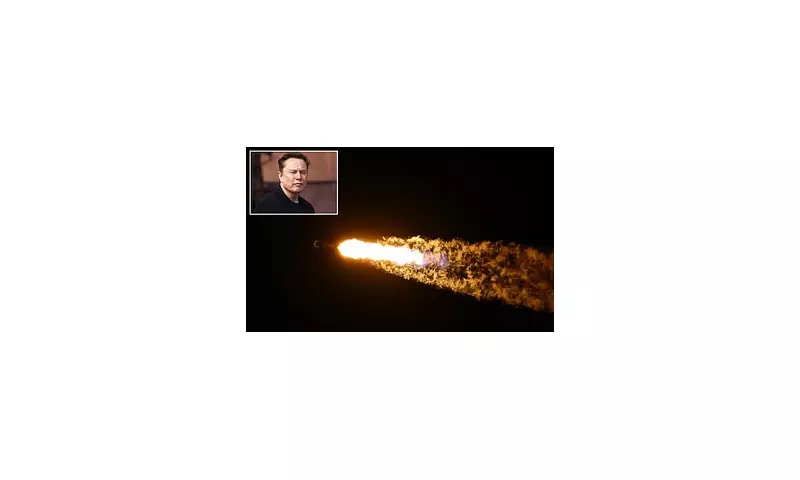
Elon Musk's ambitious Starlink project is facing a serious crisis as scientists reveal that hundreds of satellites are unexpectedly falling from orbit, creating potential hazards in Earth's increasingly crowded space environment.
Unprecedented Satellite Attrition Rate
Research from the University of British Columbia indicates that Starlink satellites are failing at an alarming rate, with approximately 200 spacecraft losing altitude uncontrollably each year. This represents nearly 3% of the entire Starlink constellation unexpectedly deorbiting.
"We found that there are more satellites falling down than we expected," stated Dr. Samantha Lawler, the lead researcher. "Instead of a few satellites per year, we're seeing hundreds failing."
The Growing Space Debris Threat
The uncontrolled deorbiting of these internet-beaming satellites poses significant risks to other spacecraft and the International Space Station. Each failed satellite becomes another piece of dangerous space debris travelling at incredible speeds of up to 17,500 miles per hour.
Current estimates suggest there are already over 30,000 trackable objects orbiting Earth, with millions of smaller, untraceable fragments creating a minefield for active satellites and crewed missions.
Starlink's Rapid Expansion Creates New Challenges
SpaceX has launched more than 6,000 Starlink satellites since 2019, with plans to eventually deploy up to 42,000 spacecraft in low-Earth orbit. This rapid expansion has transformed the space environment dramatically, with Starlink now constituting approximately 50% of all active satellites.
The sheer scale of the constellation means that even a small failure rate translates into significant numbers of satellites falling from the sky. When these spacecraft deorbit, they typically burn up in Earth's atmosphere, though some components may survive reentry.
SpaceX's Response and Future Implications
While SpaceX claims their satellites are designed to fully disintegrate during atmospheric reentry, the company has acknowledged some component survival. The unexpected failure rate raises questions about the long-term sustainability of mega-constellations and their impact on space operations.
As private companies continue to launch thousands of satellites, regulatory bodies and the space industry face increasing pressure to address space traffic management and debris mitigation strategies before low-Earth orbit becomes dangerously congested.





